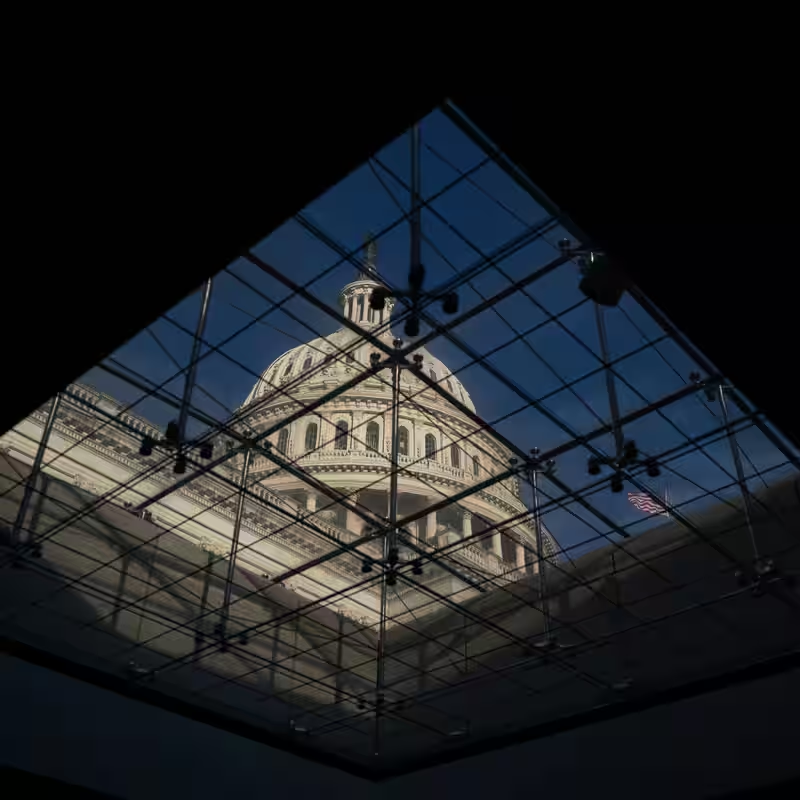Government Shutdown Hits Week 5—Is There a Way Out?
The federal government shutdown has now stretched into its fifth week, with no clear resolution in sight. As millions of Americans feel the ripple effects—from delayed tax refunds to shuttered national parks—Washington remains locked in a high-stakes standoff between Democrats and Republicans.
What’s Causing the Shutdown?
The current government shutdown stems from a failure to pass a full-year budget or even a short-term continuing resolution (CR). At the heart of the impasse: a bitter dispute over spending levels, border security funding, and healthcare provisions.
House Republicans, led by Speaker Marcus Leighton, insist on deep spending cuts and stricter immigration enforcement measures. Senate Democrats, backed by the White House, refuse to accept any deal that reduces domestic program funding or expands detention capacity at the southern border.
Who’s Feeling the Pain?
While essential services like military operations and air traffic control continue, the shutdown’s human toll is mounting:
- 800,000+ federal workers are either furloughed or working without pay.
- National parks like Yellowstone and the Statue of Liberty are closed or minimally staffed, costing local economies an estimated $30 million per day.
- Small business loan approvals through the SBA have halted, stalling entrepreneurship nationwide.
- Food safety inspections are reduced to “high-risk” facilities only, raising public health concerns.
Key Dates That Could Change Everything
Despite the stalemate, several upcoming milestones could force movement:
| Date | Event | Potential Impact |
|---|---|---|
| Nov 5, 2025 | Debt ceiling review begins | Could trigger market volatility if no budget deal is in place |
| Nov 12, 2025 | Missed paychecks for federal workers | Mounting public pressure on Congress |
| Nov 18, 2025 | G20 Summit in Rio | President faces international scrutiny over domestic dysfunction |
Public Opinion Turns Sour
Recent polling shows growing frustration among voters. A New York Times/Siena College survey found that 68% of Americans disapprove of how congressional leaders are handling the crisis—52% “strongly” disapprove. Both parties are taking hits, but Republicans in swing districts are feeling the heat most acutely.
“This isn’t governance—it’s hostage-taking,” said Maria Lopez, a furloughed EPA analyst from Colorado. “We’re being used as bargaining chips.”
Is a Compromise Possible?
Behind closed doors, bipartisan negotiators have floated a 30-day “clean” CR to buy time. But hardliners on both sides are pushing back. Progressive Democrats warn against any border funding increases, while Freedom Caucus members vow to block any bill that doesn’t include a 10% across-the-board spending cut.
White House officials say President Hayes remains “open to talks” but insists core investments in childcare, climate resilience, and veterans’ care are non-negotiable.
Historical Context
This shutdown is now the third-longest in U.S. history. Only the 35-day 2018–2019 shutdown under President Trump and the 21-day 1995–1996 shutdown during the Clinton-Gingrich era lasted longer. Economists estimate the current shutdown is already costing the U.S. economy $1.2 billion per week in lost output.




